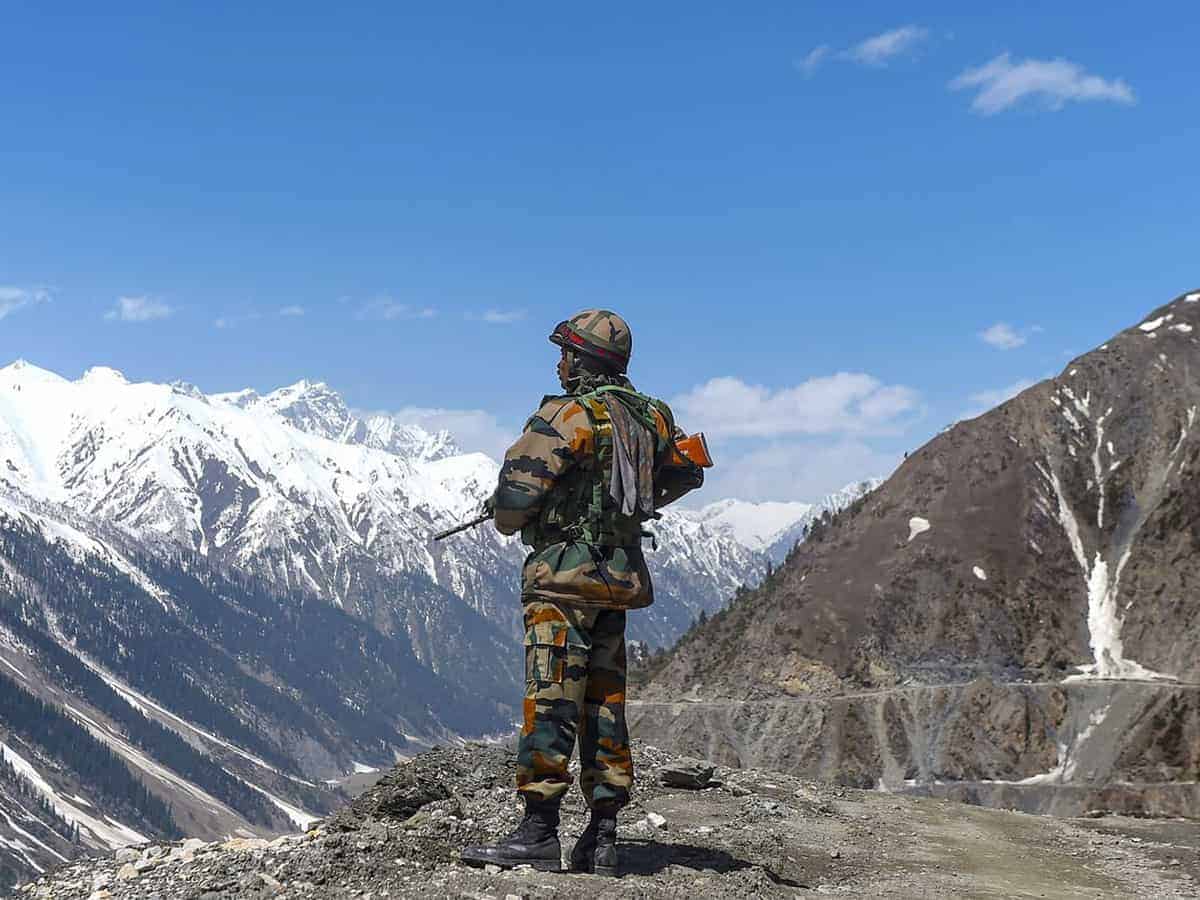
The third anniversary of the Galwan Valley clashes is approaching – June 15/ 16- with a chilling reminder that the violent incidents in which 20 Indian soldiers were killed, did not end the tense situation that caused the savage incidents and fatalities. In short, the military standoff continues along the Line of Actual Control (LAC) – it has entered its fourth year.
Galwan was a story of blood and thunder written by Chinese troops with all the savagery that they could summon at the Himalayan heights on June 15/ 16, 2020, within weeks after the first round of talks between the Indian and Chinese military commanders in eastern Ladakh to find a way out to ease the situation, created by Chinese troops advance closer to the LAC. The first round was held on June 6, 2020, after the Chinese troops had started moving forward to the borderline in complete disregard to the agreements that obligated India and China to adhere to their positions without coming face to face to maintain peace and tranquility.
Until the Galwan valley clashes took place and bodies of killed soldiers started reaching their hometowns in different parts of the country, the nation had little or no idea as to what was happening at the border with China and how dangerous it is. The nation was outraged. In their anger, the countrymen started setting Chinese goods ablaze and gave fervent calls to “boycott China products.” This was more of a nationalism motivated narrative than anything that could substantially change the situation. Galwan continues to stand out like sore thumb, this is a different matter that many quarters don’t want to see it like that as the narratives have shifted in the past over three years – sometimes these are chest thumping hyperboles, and on other occasions, these reflect the dangerous consequences the escalation could cause. In this mixed narratives, the nation is yet to know as to where the situation is in real strategic perspective.
Galwan incident needs to be looked at from three angles – (a) why did it happen, how it shaped the Indian response at the LAC, and (c) what are the sticking points the answer to these questions is mandatory to place the things in proper perspective, Thirty-eight months’ military standoff in the most challenging terrain and circumstances is not an ordinary situation. There is no escape route available to this fact. The facts need to be placed in correct context to understand that what does it mean for India and its strategic goals at the international level.
Days before the Galwan Valley clashes, on June 6, 2020, at Indian and Chinese military commander level talks, it was envisaged that the troops would retreat to their original positions. On June 15, 2020, Indian troops moved to a hilly feature in Galwan Valley to verify, whether the Chinese troops had gone back from the position where they had reached. Since the Chinese were there, it resulted in arguments, scuffles and then clashes, leaving 20 of Indian soldiers dead, many more wounded. China never disclosed the exact number of casualties it suffered, it just gave a figure of four dead, that too, months after the clashes.
The Galwan incident widened the conflict area. More Chinese troops moved closer to the LAC and also resorted to construction of bridges and other facilities that interfered with the Indian positions. Newer threats emerged in Despang, Pangong lake, and Demchok – some of the points that continue to pester India. Another Galwan type incident did not happen but the trust deficit increased. India had to mobilize 60,000 f troops and war machinery to face any eventuality at the borders. More than three-year-long standoff is staring at India, the country is bearing huge financial, military and strategic costs.
China is asking India, “to reconcile to the current situation”, that is to accept this situation as a status quo. It won’t bring any changes in its positions, keep its troops where these are. And, at the same time it has asked the Indian military to give up some of its patrolling zones along Pangong lake and Demchok. That is, that India should give up its claim on the ground.
This is a peculiar situation. India is trying to get the issue resolved through dialogue as it is aware of the unpredictability of China’s attitude and the way it can b be reckless India has to be watchful, as there is no easy way out, and hard options cannot be applied because there are far dangerous consequences of doing so.



